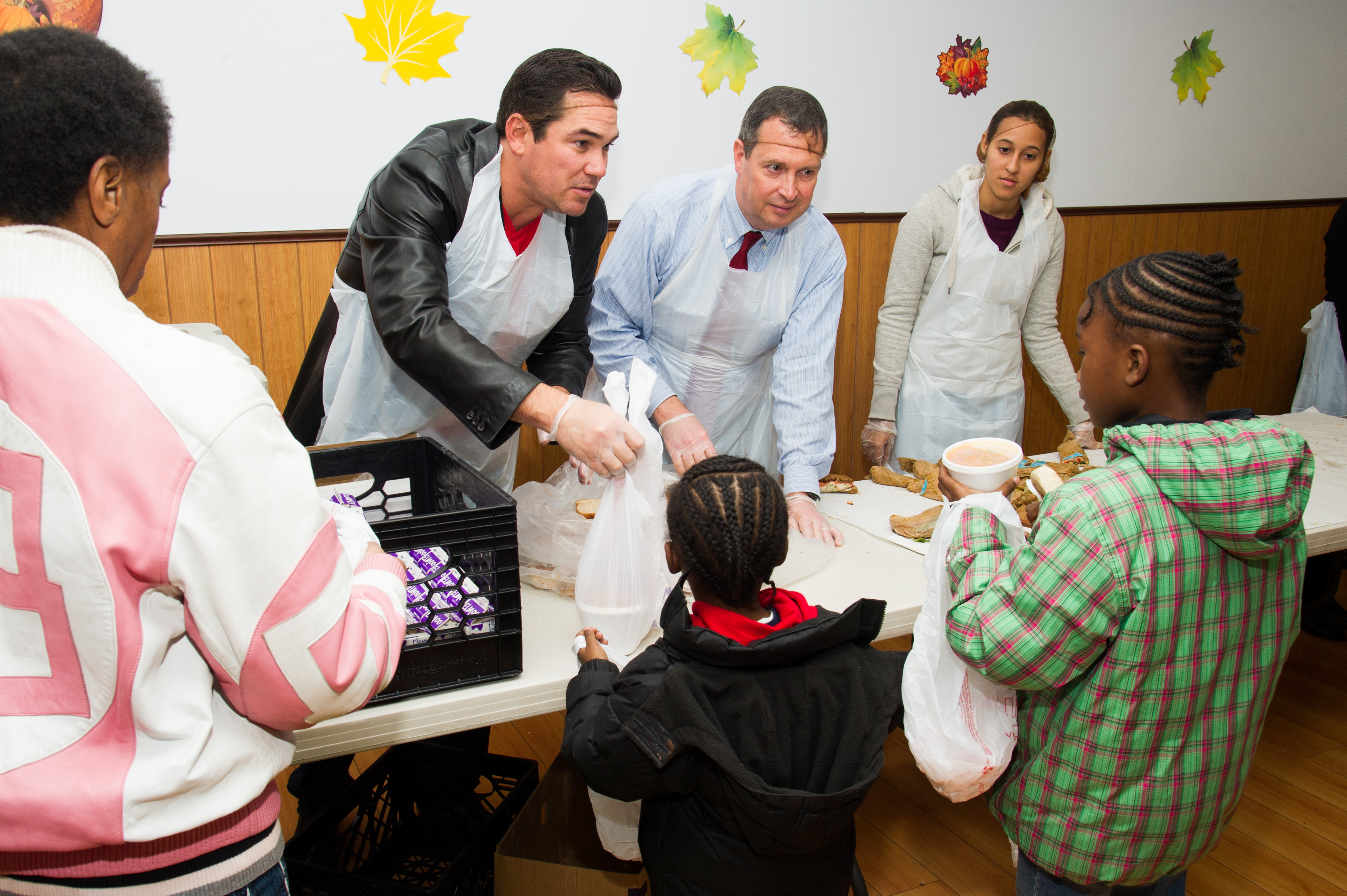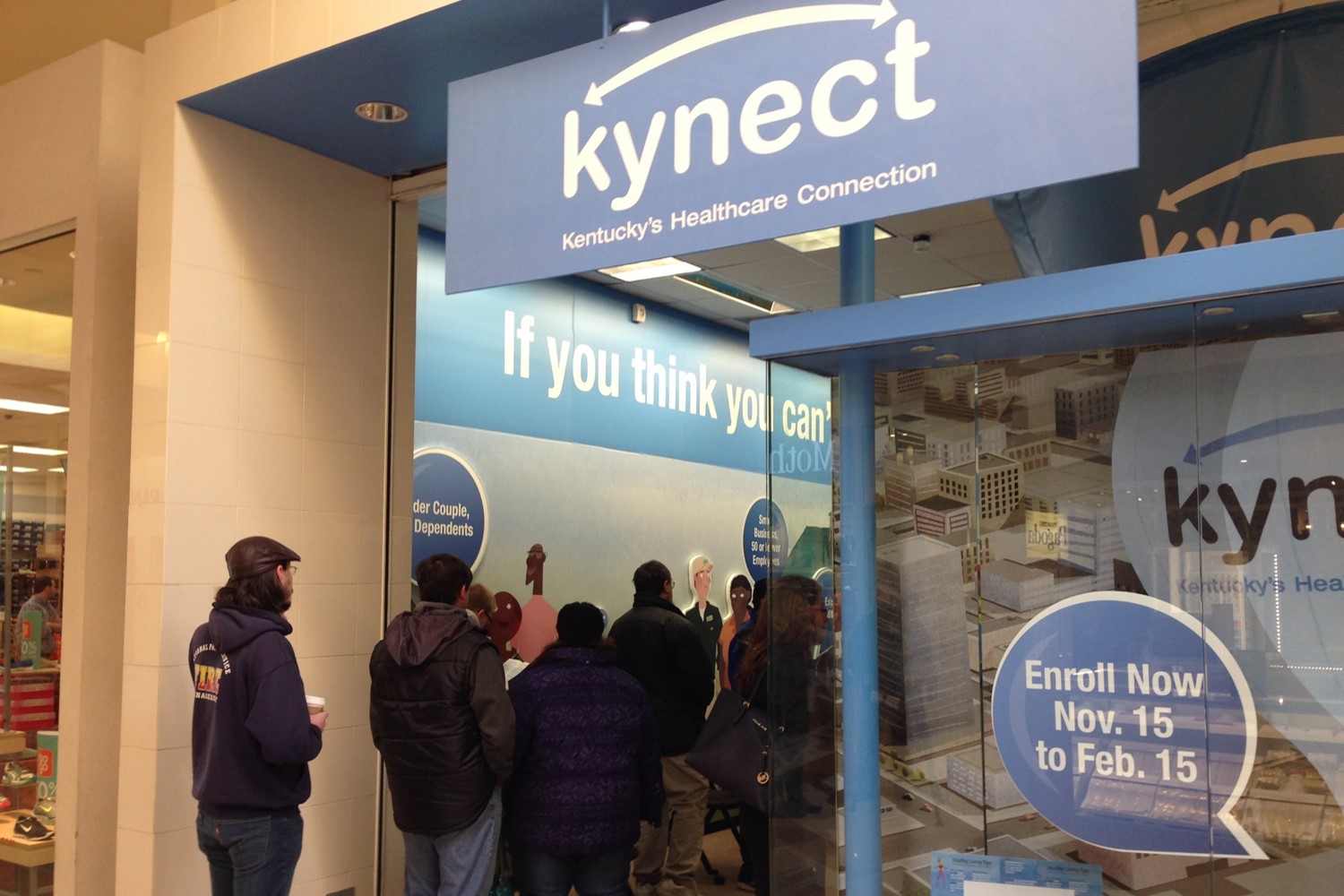Few things in life are rarer than real political courage.
How often do you find political leaders, particularly elected officials longing to stay elected, standing up for locally unpopular issues at the height of their controversy? This is the province of unique experience, strange curiosity and genuine oddity.
Yet at a time of dramatically increasing stigmatization of poor and especially homeless people, particularly in New York City’s Queens Borough where several new homeless shelters have or are scheduled to open, New Yorkers have been treated to an extraordinary show of bravery from political leaders speaking out for what is unpopular among their electorate seemingly just because it’s the right thing to do.
That’s about as quirky as the Big Apple itself.
In July, the City’s Department of Homeless Services opened a family homeless shelter in the defunct former Pan American Hotel in Queen’s Elmhurst neighborhood. It opened on an emergency basis, meaning without the normal requirements for review, public notice and community input. The emergency occurred because the City is required to provide shelter by court order, but increasing homelessness – especially among families – resulted in there being no more room at bursting-at-the-seams city shelters.
The emergency allowed for speed in opening the new facility, which promptly filled and then overflowed with homeless people, but it most assuredly didn’t avoid the generally expected response of “Not-In-My-Backyard” protests. For weeks, residents and community groups in the heavily immigrant neighborhood held demonstrations regularly. Sometimes it got ugly, including scenes on TV of locals screaming at shelter residents – including teenagers and younger children – name-calling, and alarmingly threatening crowds.
Then a remarkable thing happened.
Elmhurst’s City Council Member, came to the shelter and publicly handed backpacks out to the kids as part of a back to school drive. A former school teacher, he talked about the children’s education and offered shelter residents encouragement. He did this in public, in his own district, where there was charged opposition to the shelter.
That’s a profile in courage.
Shortly thereafter, the City Council’s Majority Leader Jimmy Van Bramer, who represents an adjoining, mostly middle class Queens district, wrote an article in the Daily News about his own family’s experience with poverty and homelessness. His was an all too common story—a lost job, his family wearing out its welcome in the homes of extended family, and then living at an “awful place”—a city shelter circa 1970. It was a story most people who knew or voted for the Councilman had never heard.
Van Bramer succeeded in putting a face on homelessness. He captured many readers, if only briefly, in the realization that the next homeless family might be very much like their neighbors, their relatives, or perhaps even their own family.
“As the city declares war on inequality and Mayor de Blasio rightly takes a humane and honest approach to ending homelessness, we must all be part of the solution,” Van Bramer wrote. “All human beings have a right to shelter. Some may say that’s feel-good liberalism run amok, but in the City of New York, it happens to be the law. We must house our homeless and that means finding places for families like mine to live and begin again.”
Telling his story, at that particular moment, is another profile in political courage.
In these times, when poverty and homelessness are so stigmatized, it’s inspirational to see these acts of courageous leadership. As Van Bramer writes, it’s not just about providing the resources to support these programs, it’s about providing “a little bit of hope.”












